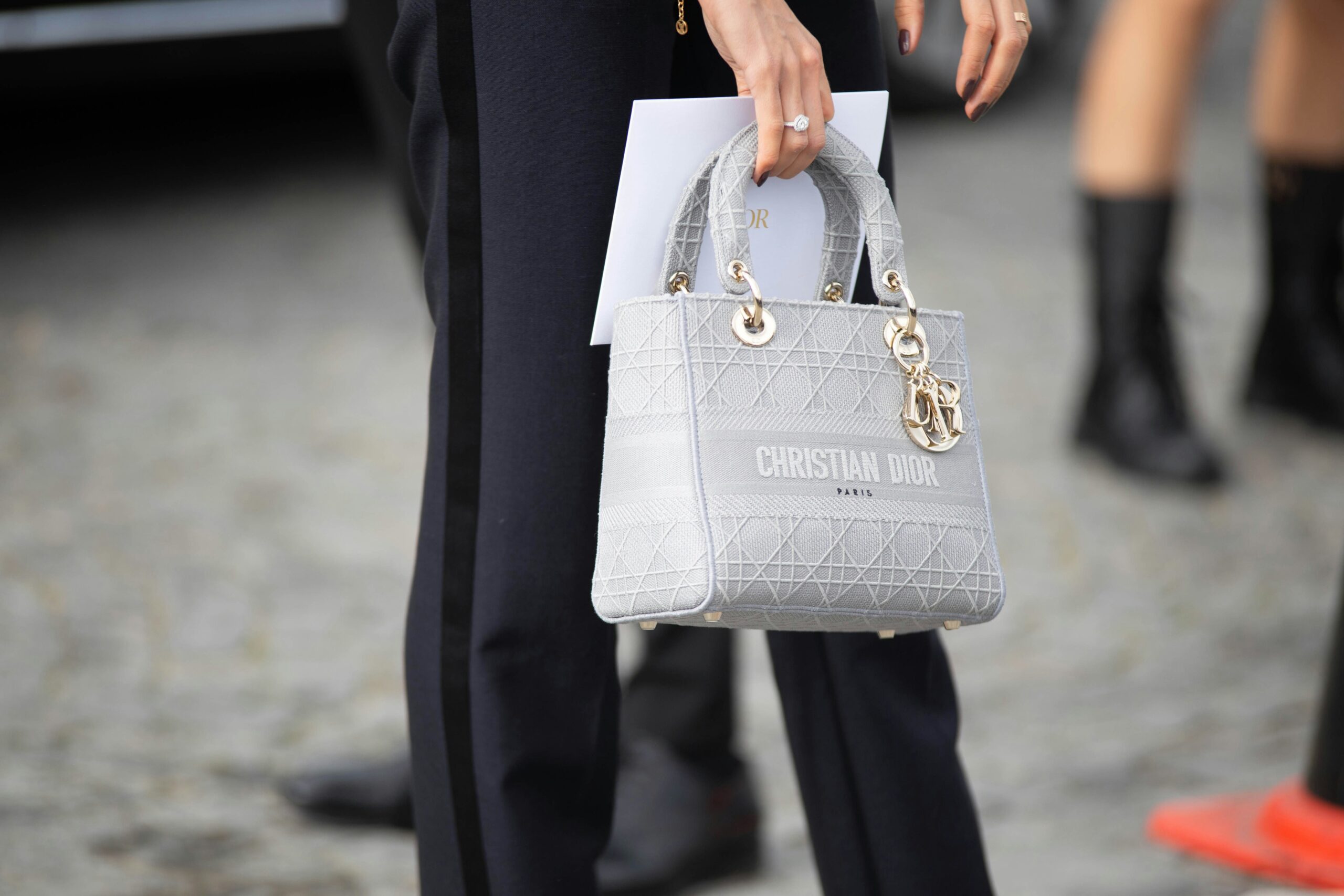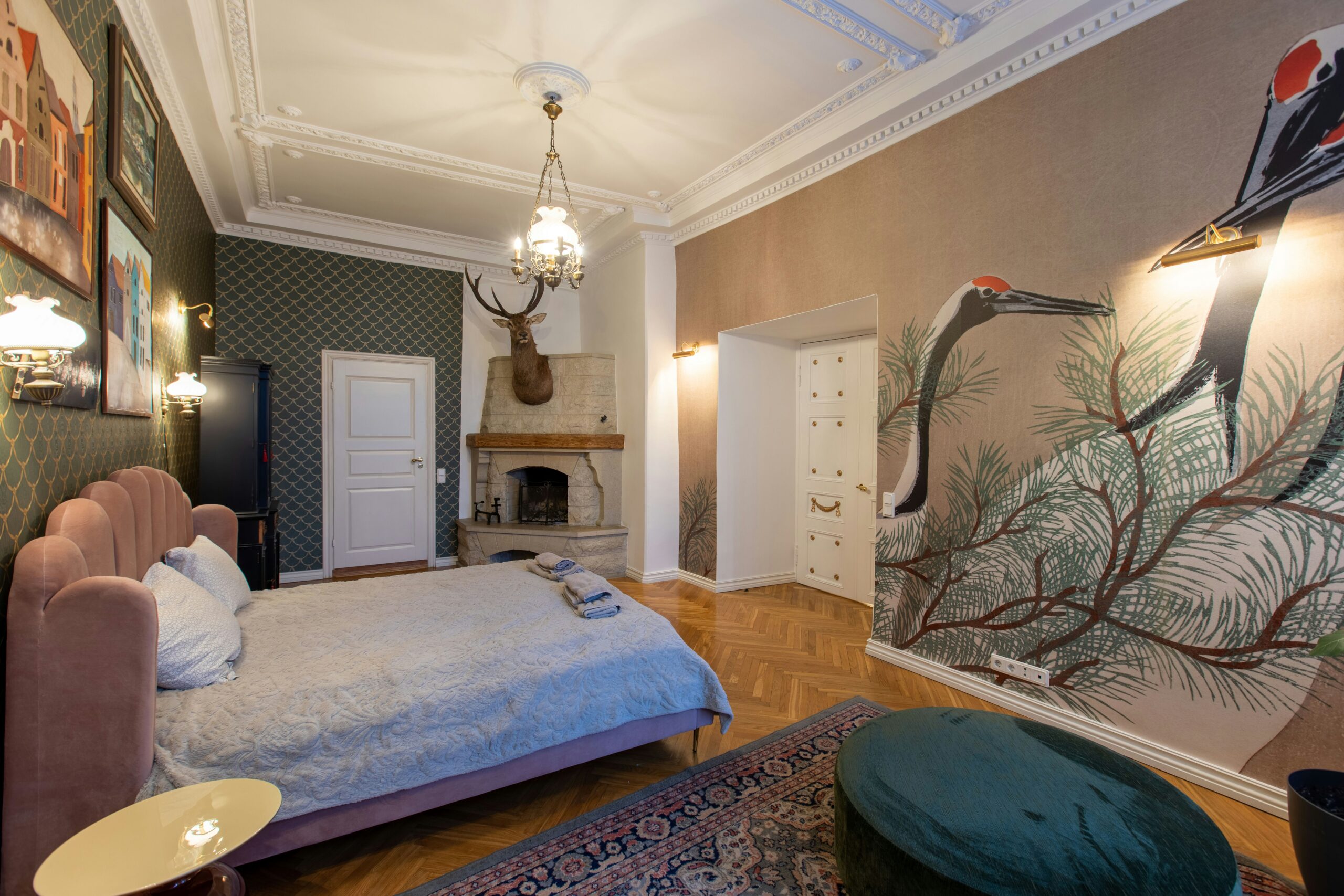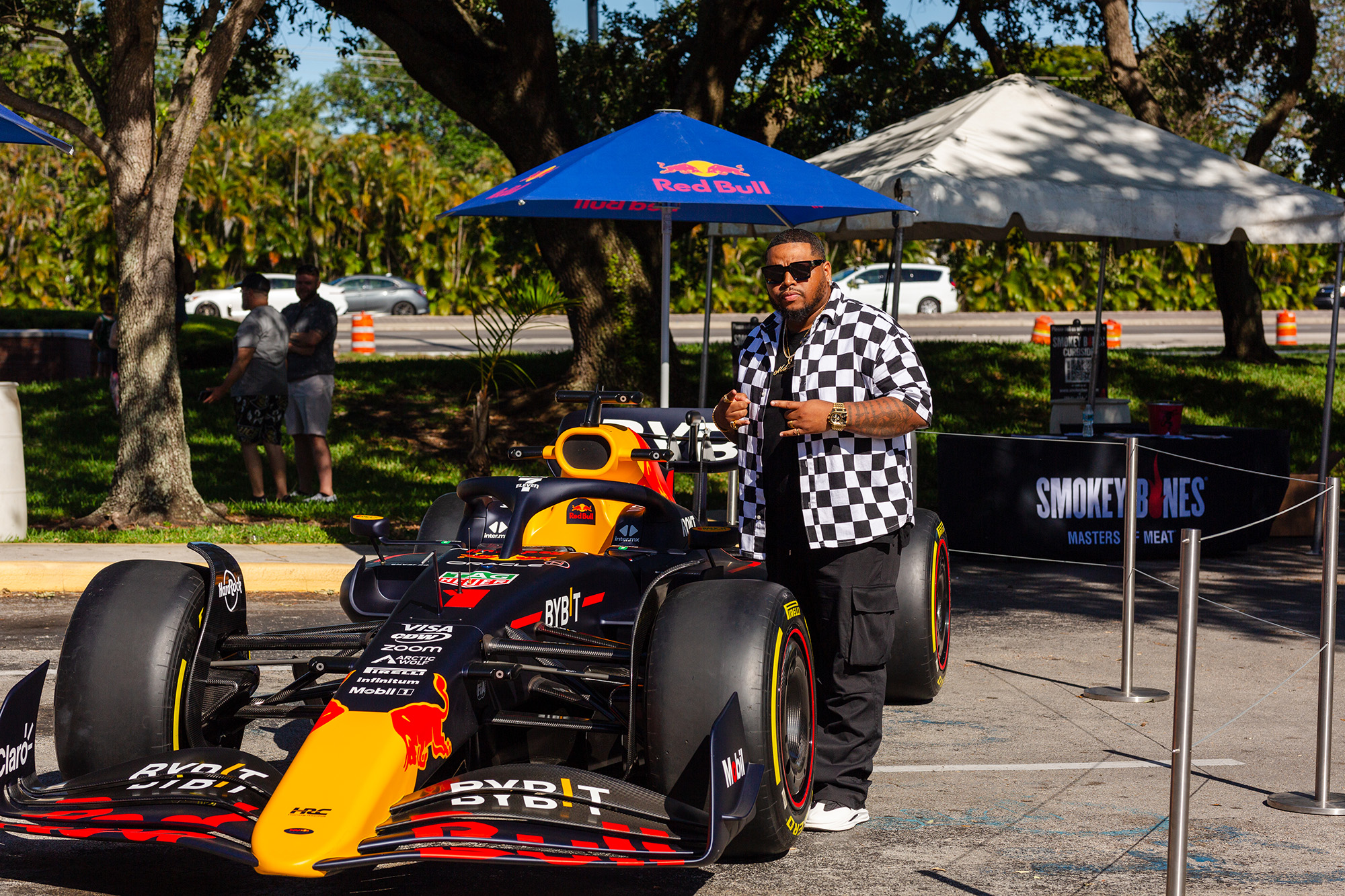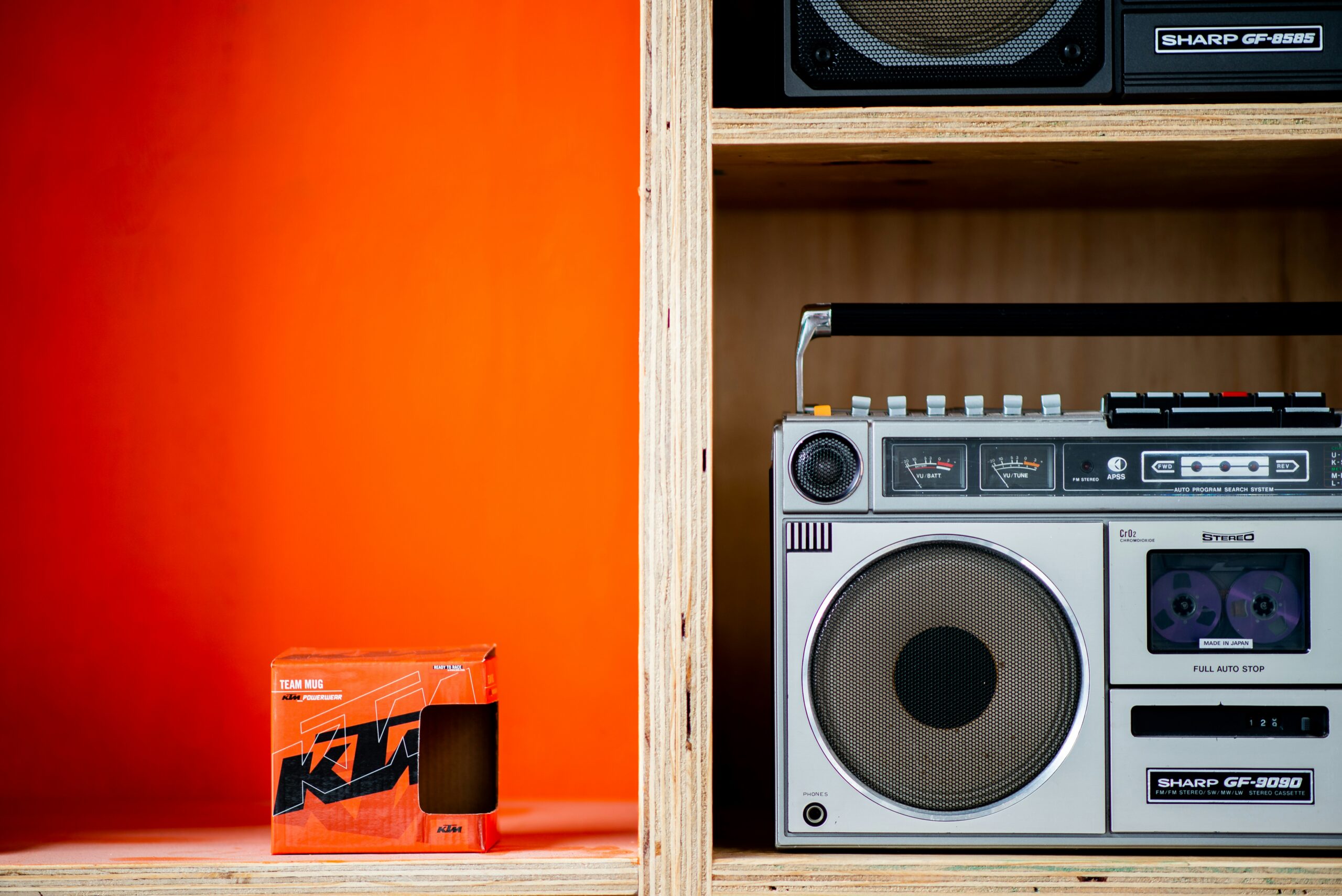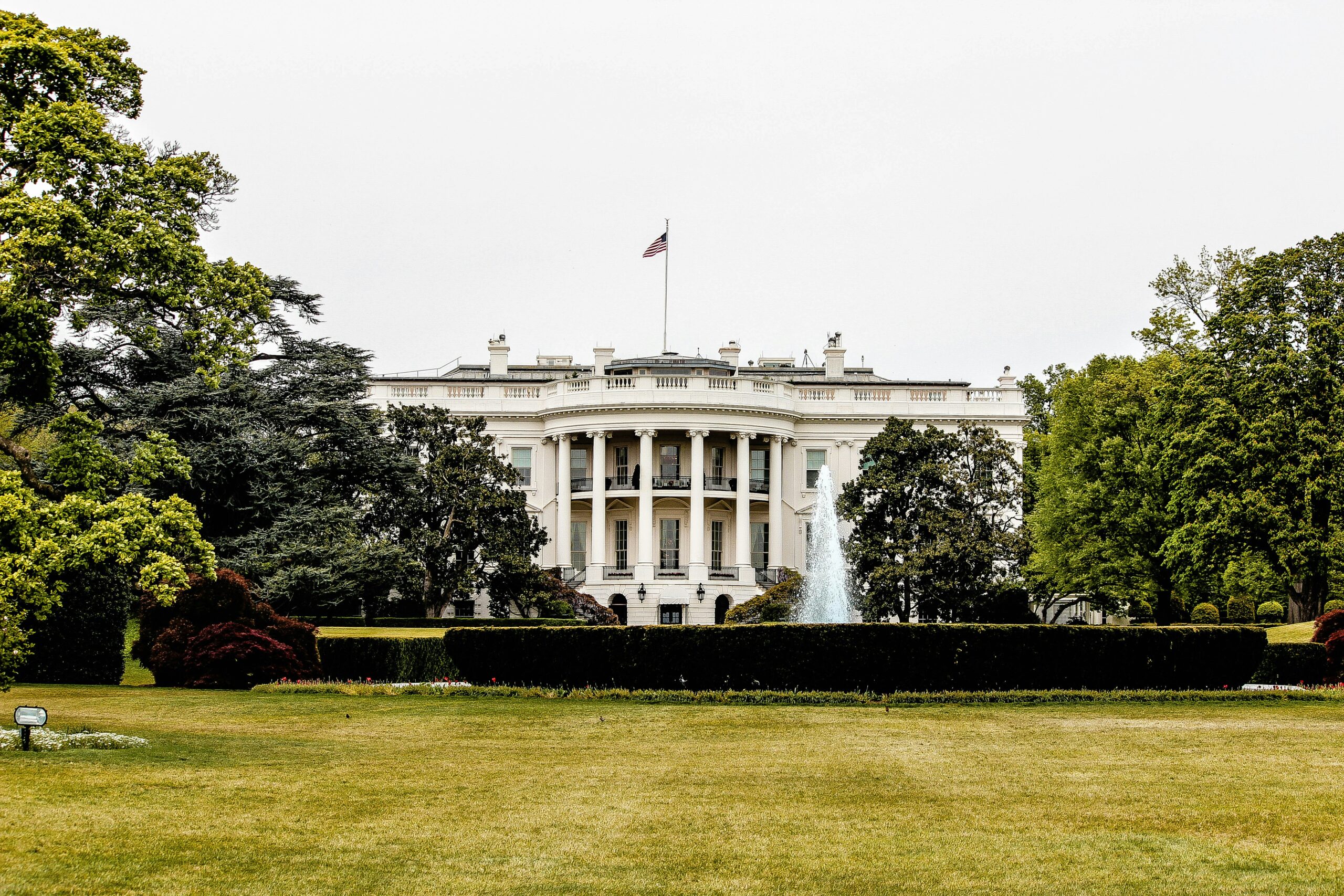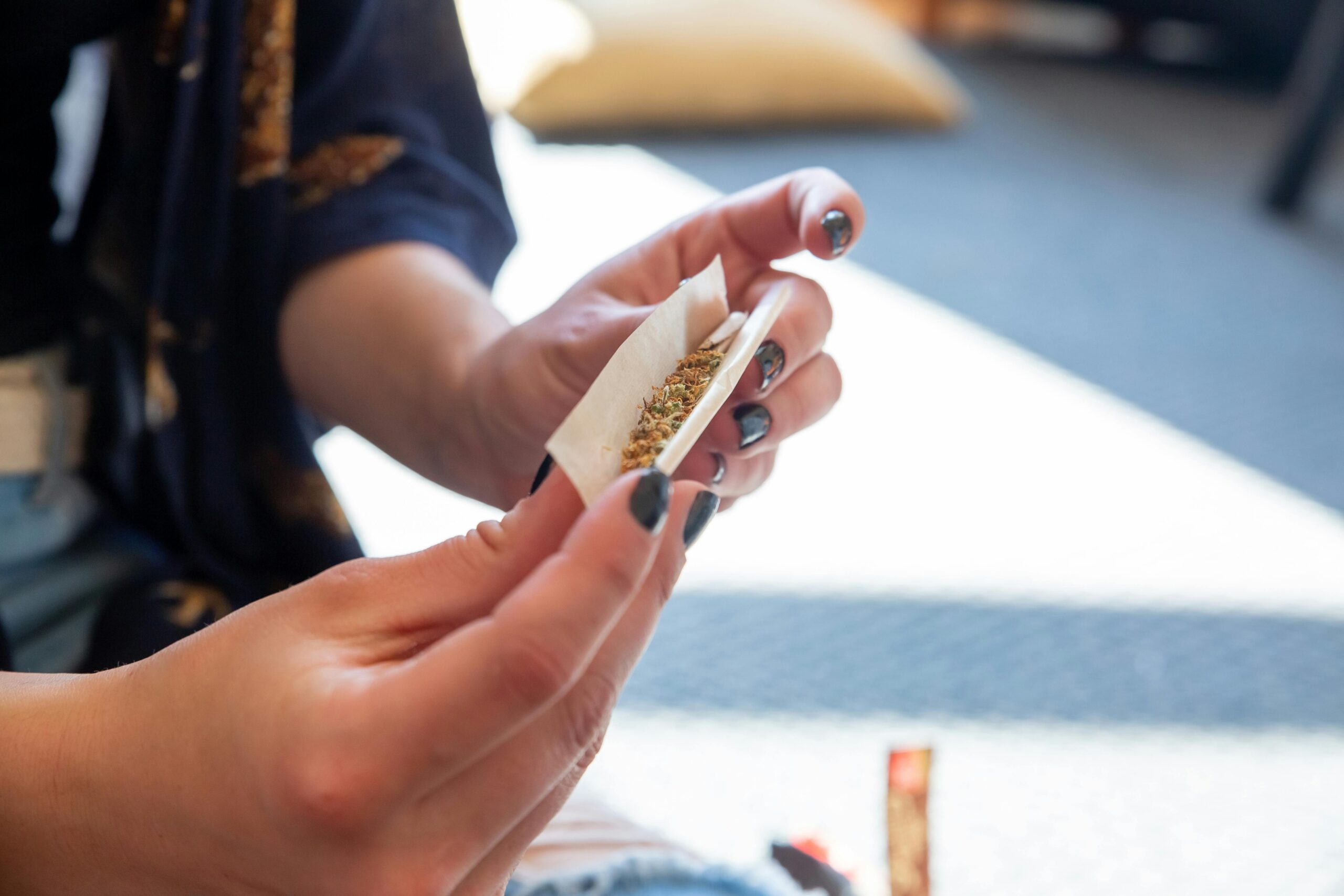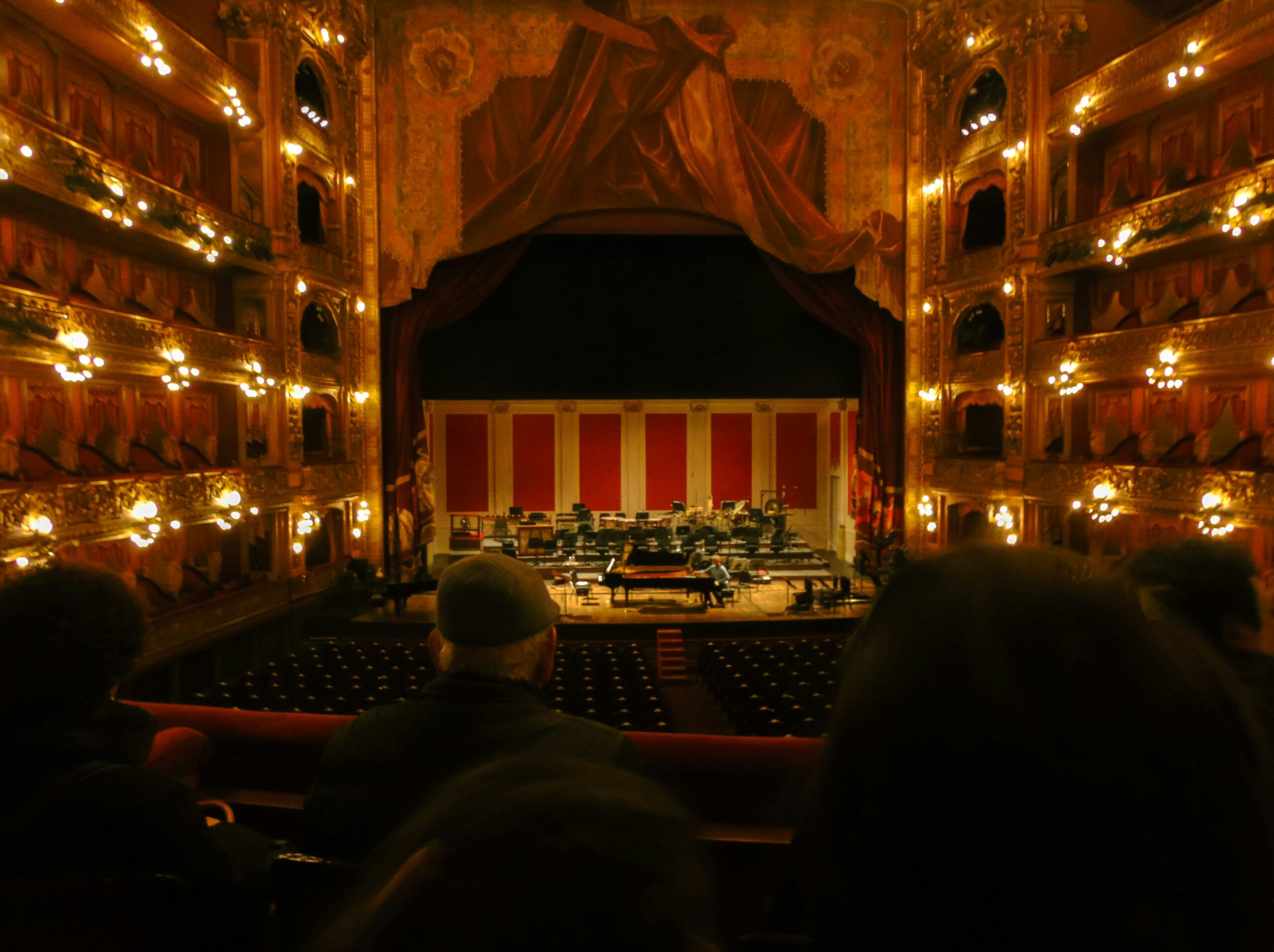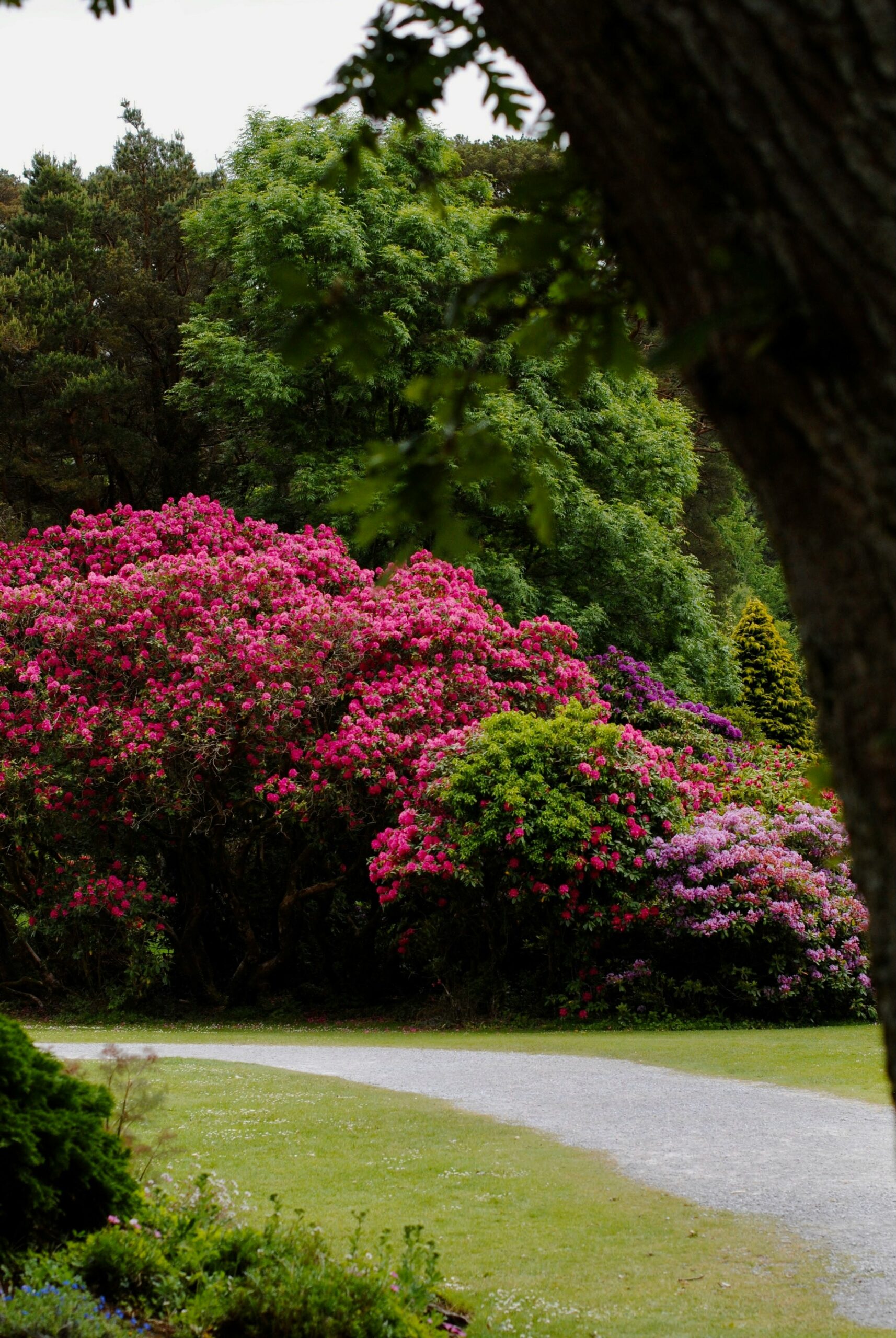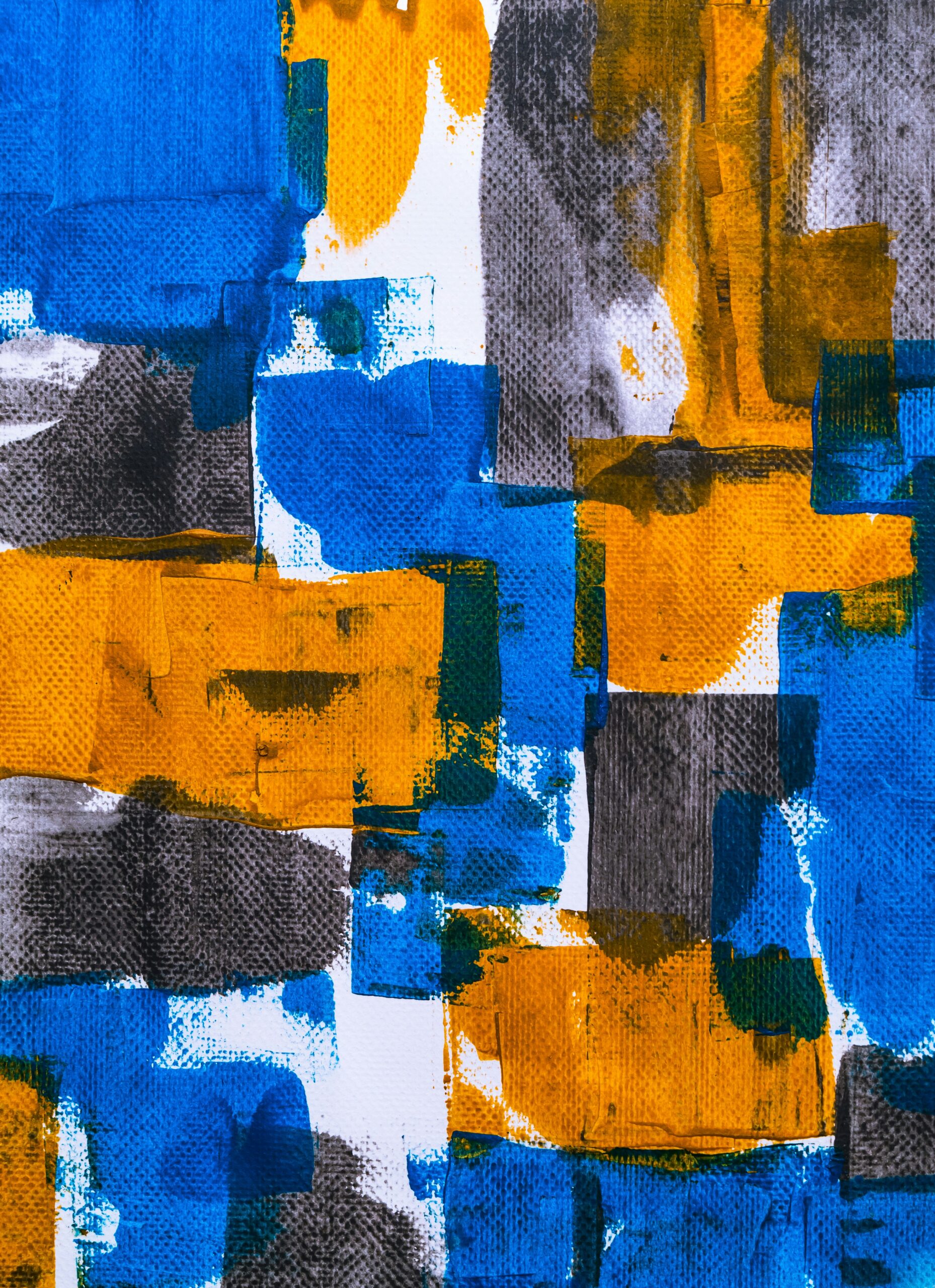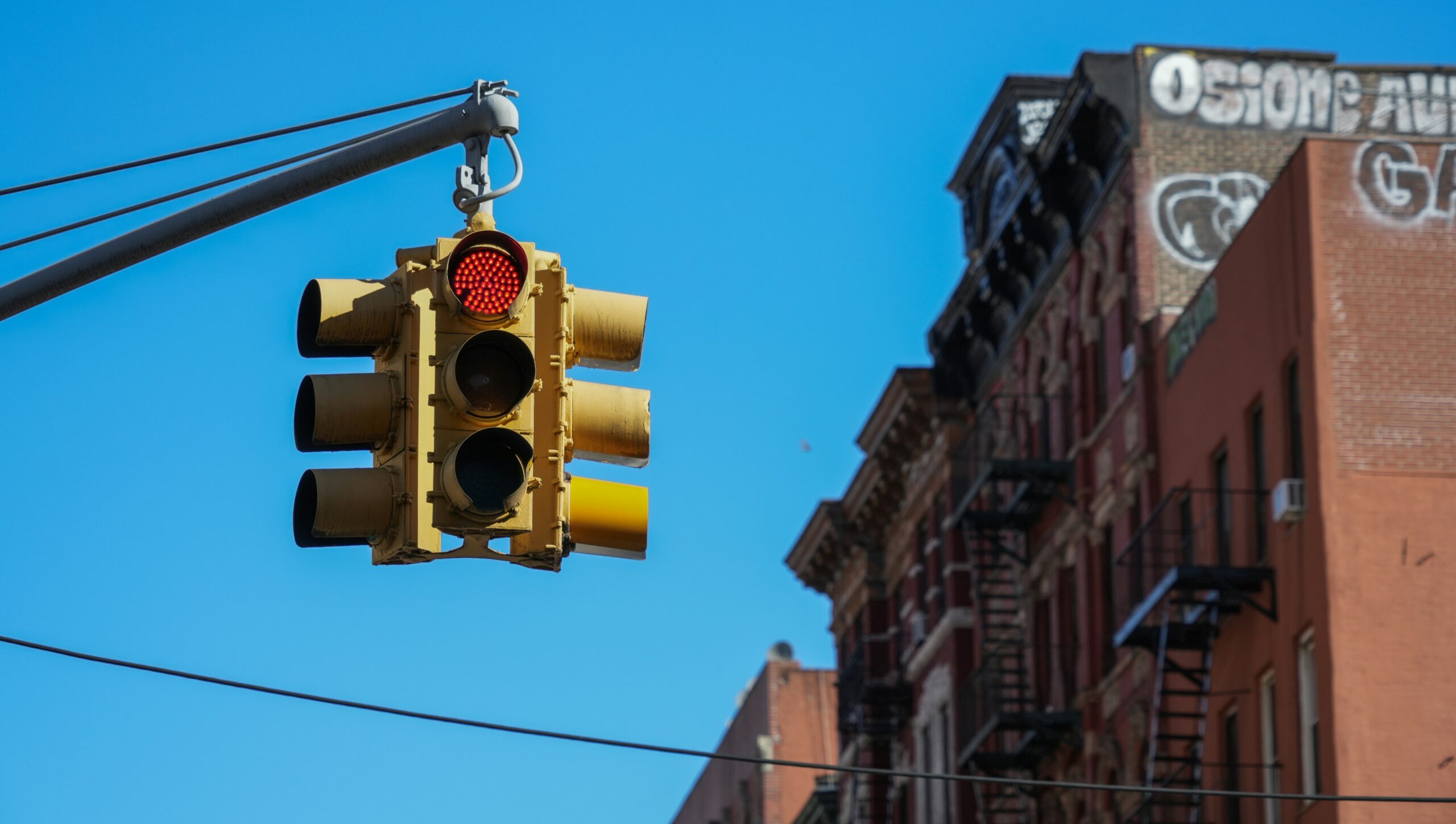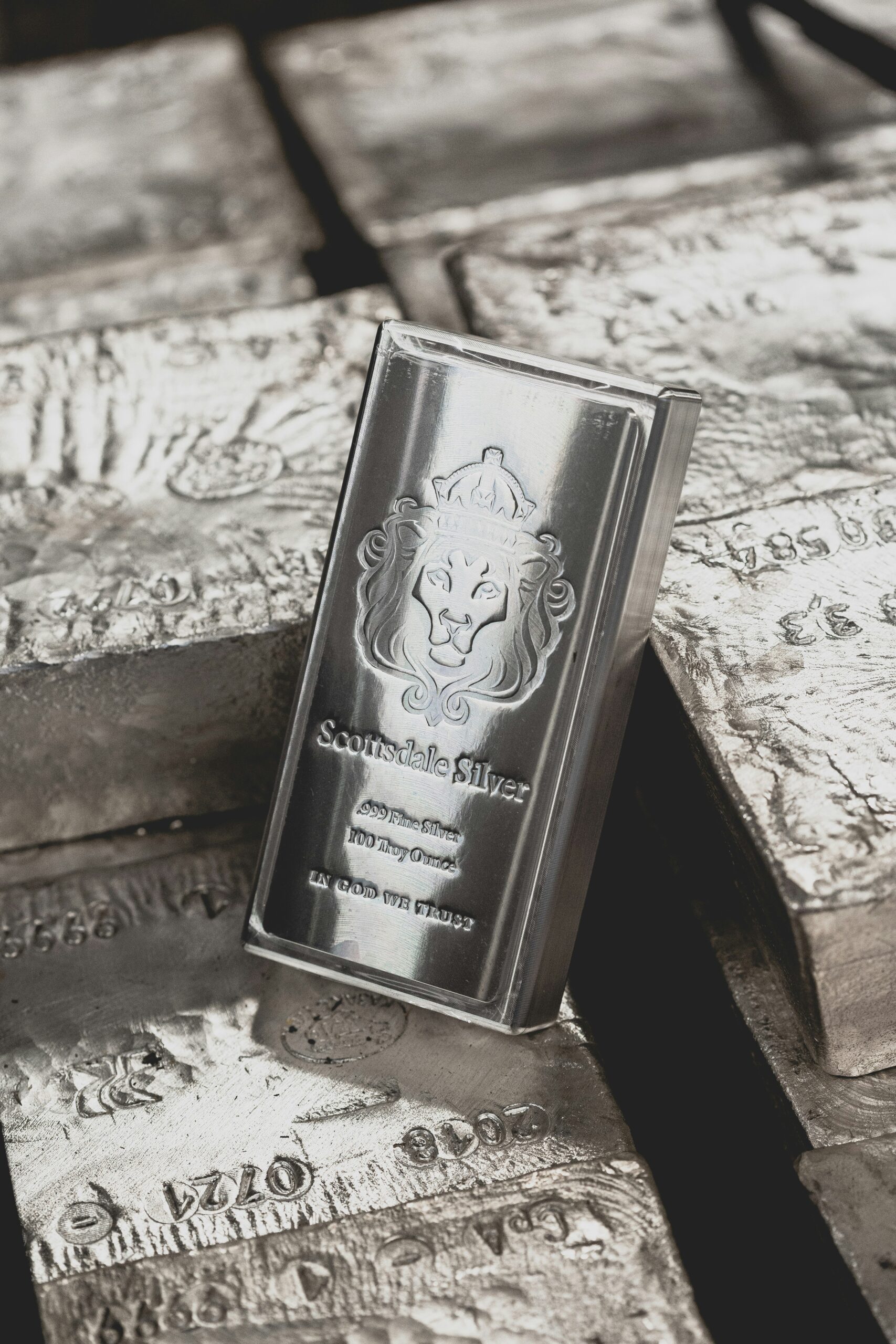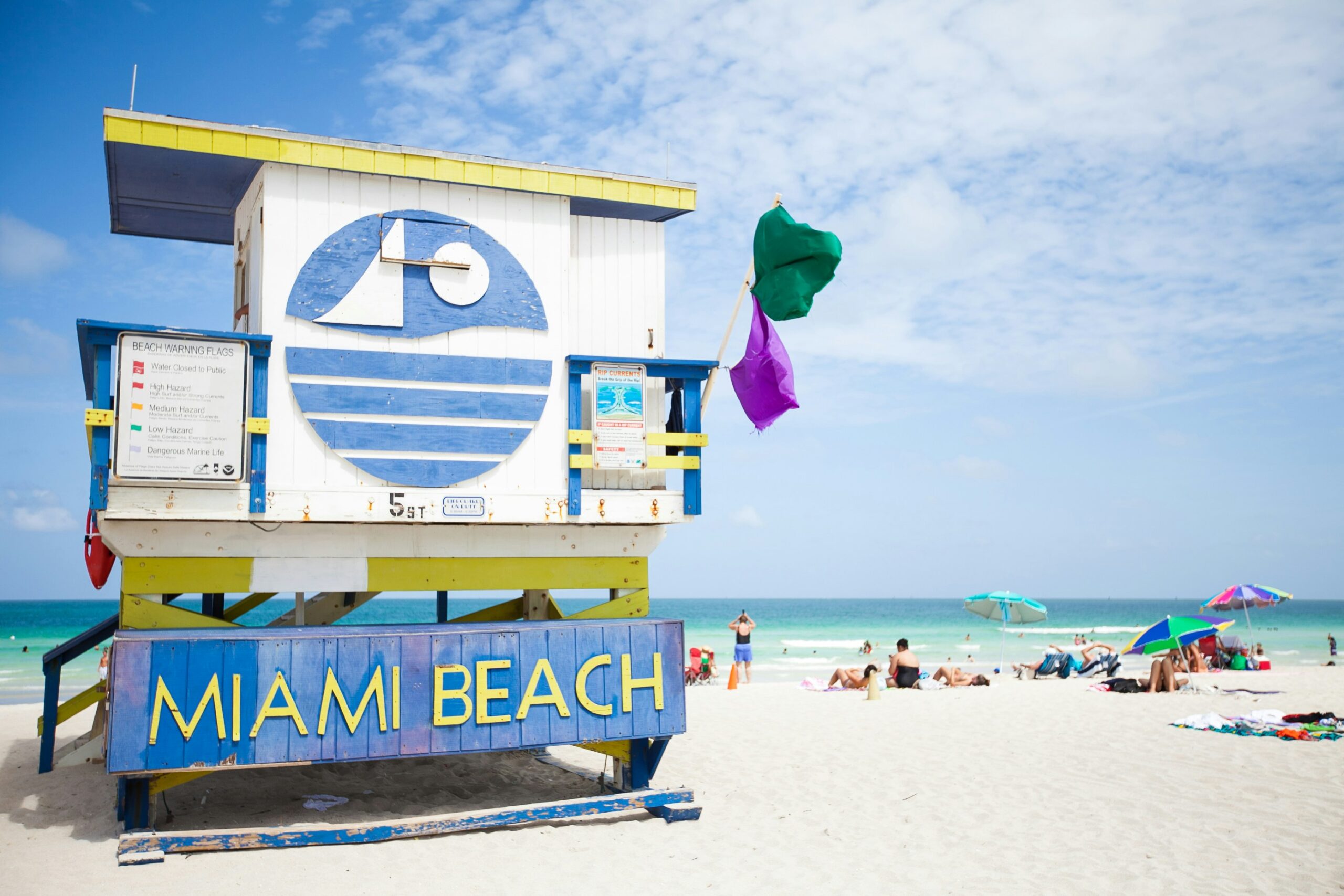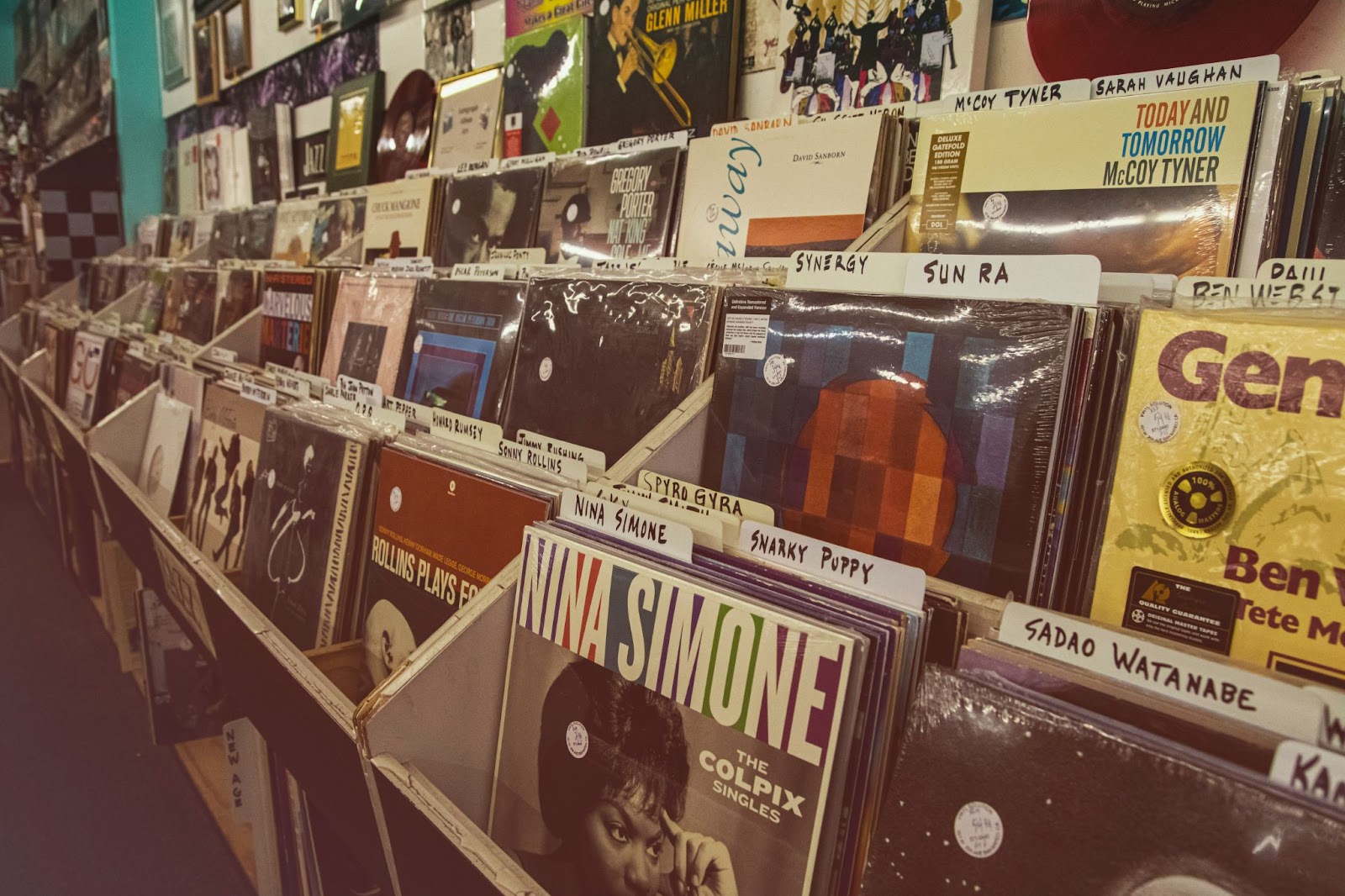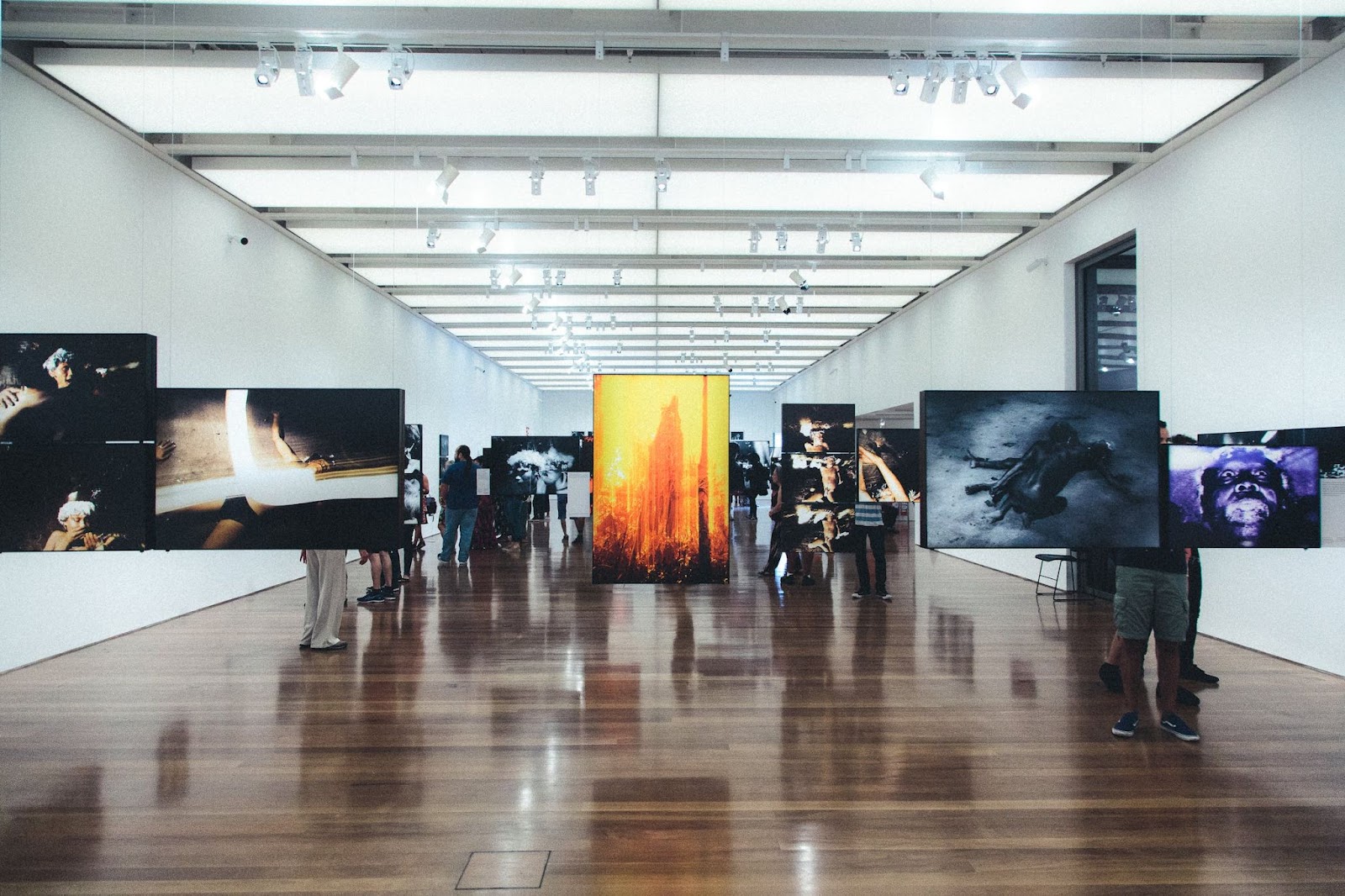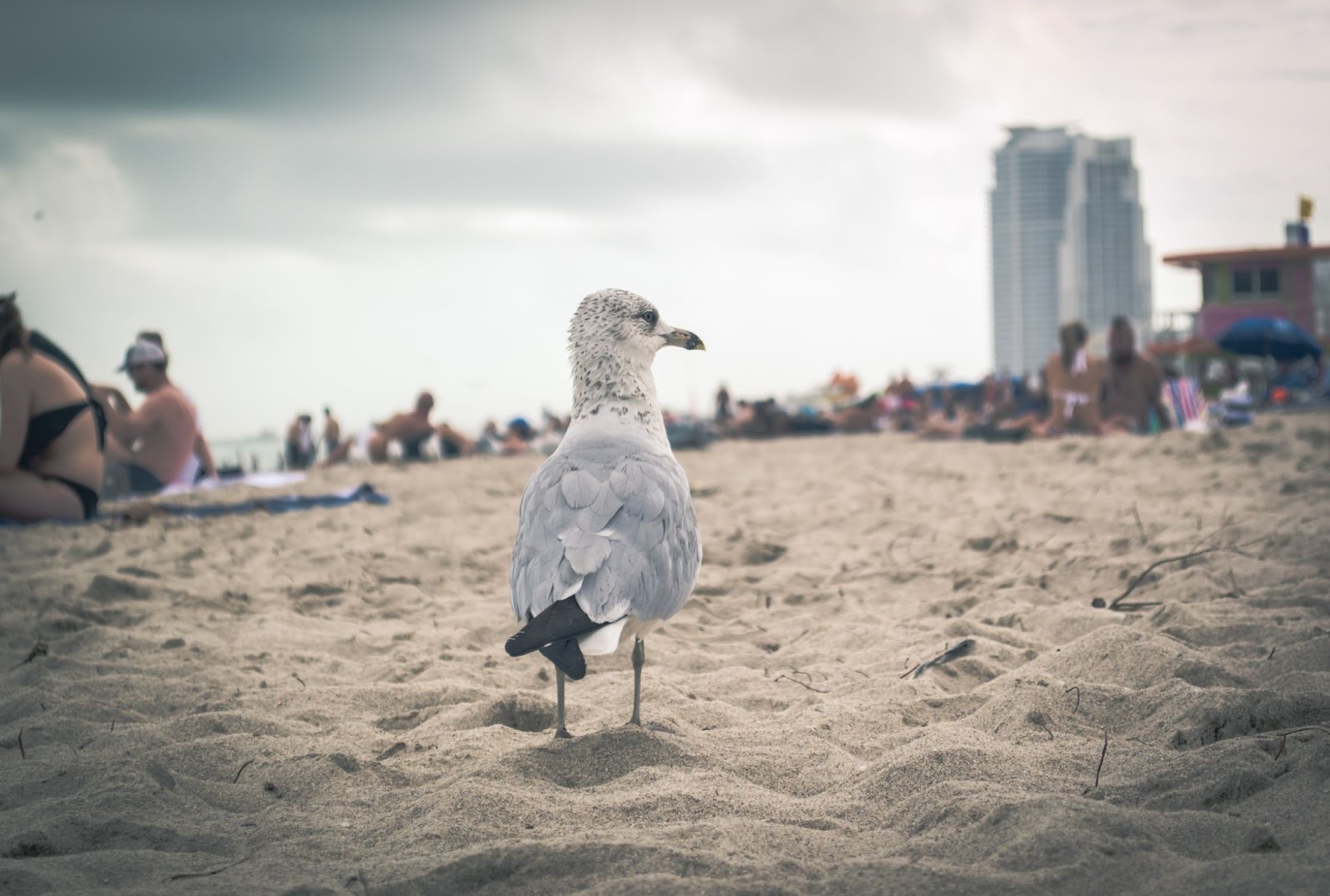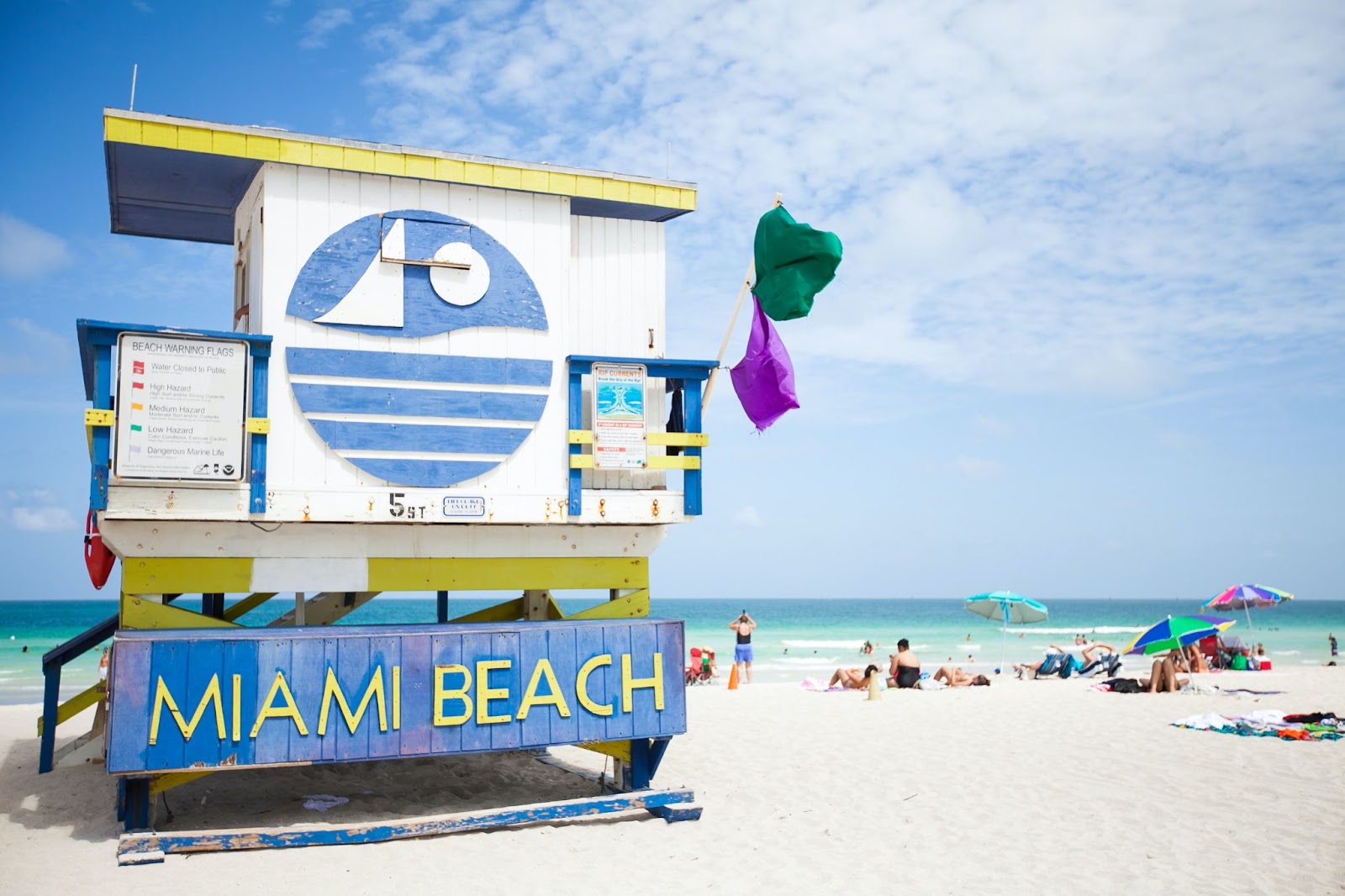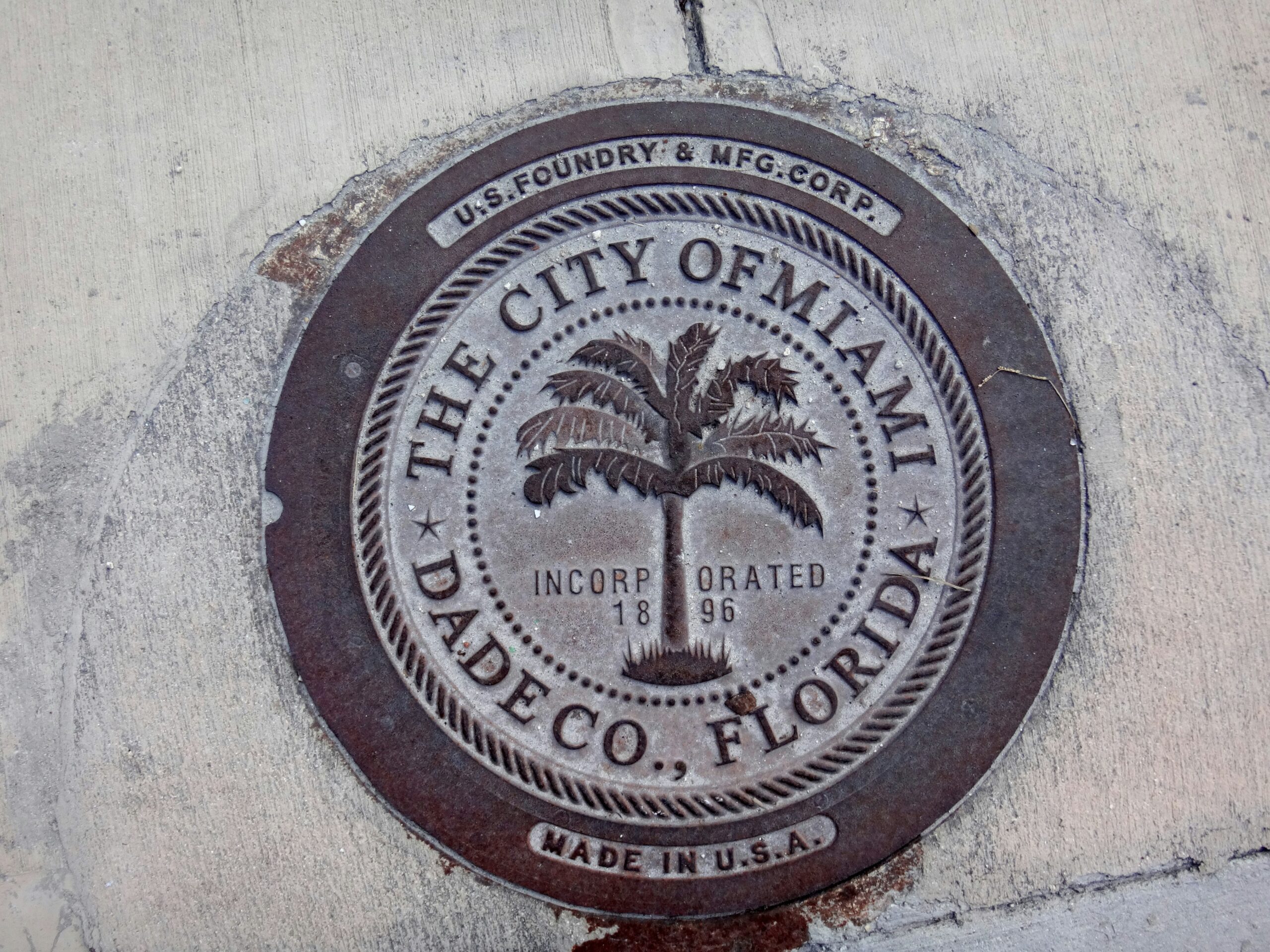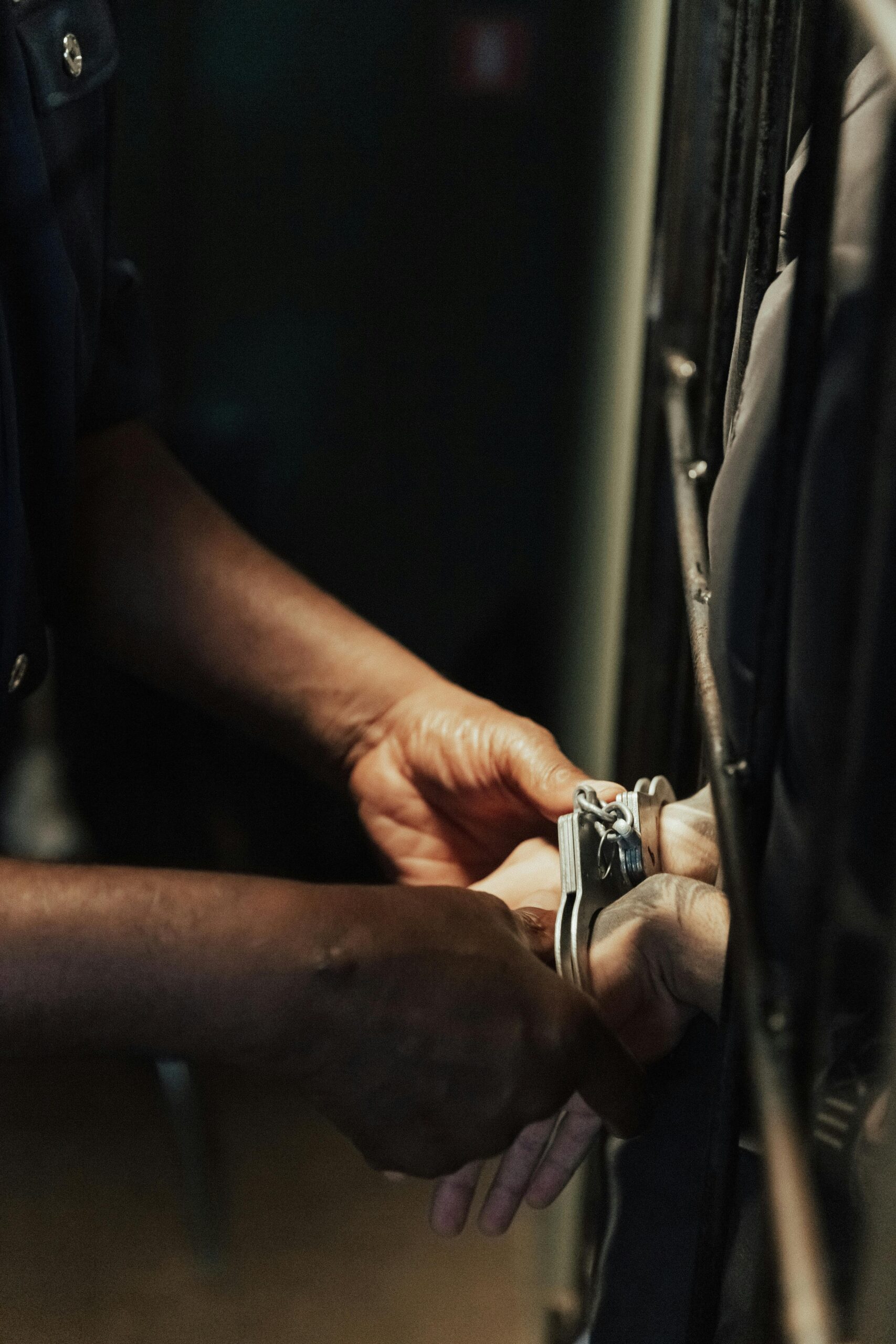Image credit: Unsplash
Purchasing a piece of artwork during Miami Art Week for $1.2 million isn’t surprising. Art Basel is a major contemporary art fair that occurs in Miami, Hong Kong, and Basel, Switzerland. The event is one of the 20+ fairs occurring in Miami during Miami Art Week. The fair is known for featuring the best-acclaimed artwork in the world and garnering big price tags. There is a $30 million price tag on Picasso’s “Couple with a Cup” at Art Basel. A David Hammons painting was sold for $4.75 million to kick off the event.
Among the art pieces featured this year at Art Basel is a piece by artist and diamond mine developer Evens Saint Clair. He is charging $1.2 million for what he describes as an “art sculpture,” though others claim they’re just handbags. However, they are far different from most designer handbags like Dior.
The big ticket tote is called “La Reine” and it has quite a history and travel itinerary.
A Global Journey to Create La Reine
For two years, Saint Clair traveled to Japan to meet with local artisans. Among those artisans is the famed woodworker, Mr. Kyoto, and the result is the handcrafted Japanese wood frame of the tote. It also features Italian leather and pieces of rare silk kimono fabric. The cloth is dusted with gold leaf and pearl shell to strengthen it. Throughout the design of the tote, there are 18 carats of diamonds. The diamonds decorate the front porcelain tile badge, the gold-plated feet of the tote, and multiple strands of gold chains. The chains are also bejeweled with emeralds and pearls.
The totes take close to a year to create and embark on a long journey from Japan through Guinea, Italy, and Turkey before they have their final embellishments added in Saint Clair’s hometown of Bal Harbour, Florida.
“I’m bringing the art of craftmanship back,” Saint Clair told The Post. “Nowadays everything is just sent to China to be made as cheaply as possible, but true luxury isn’t mass-produced. I have invested years of travel, research, and innovation into these pieces and the accompanying luxury cases because I believe in beauty, happiness, and giving back.”
Savvy Investments
The totes Saint Clair has designed have different looks and intentions behind the designs. Each tote has a custom wood veneer biometric safe that is fingerprint-activated. The storage cases were designed by Saint Clair and the appearance is a direct influence from collector cigar cases from the Dominican Republic. Saint Clair sent cigar cases to his wood maker in Japan as inspiration for the safes.
The “Pangea” is one of Saint Clair’s lowest-priced bags with a tag of $110,000. It has lacquered Japanese bamboo, a gold chain spotted with diamonds, and python skins from Miami’s Everglades. That ecosystem is being overrun by the invasive snakes.
A $670,000 green alligator edition features a jade circular badge encircled by sparkling diamonds, a perfect look for fans of Wicked.
With gold, diamonds, and gemstones on the rise in value, Saint Clair says his handbags are savvy investments. Though Saint Clair has privately sold several of the costly purses to women in Guinea, he will not divulge the client’s names due to privacy and security reasons.
Saint Clair’s totes officially launched with a party at the St. Regis Hotel in Bal Harbour during Miami Art Week.
From Impoverished Beginnings to Diamond and Gold Mines
St. Clair was born in Haiti and raised in New York and Chicago. Growing up, he dealt with bullying, gang violence, and poverty. He received a scholarship to St. Thomas University in Miami which led to a career in nightlife promotion. It was in 2008 when Saint Clair moved to Guinea to develop gold and diamond mines.
Saint Clair has never forgotten the struggles of his early life and donates ten percent of his earnings from his totes and artwork to charities including Best Buddies, Make-A-Wish, Saint Jude, and Big Brothers Big Sisters of America.
